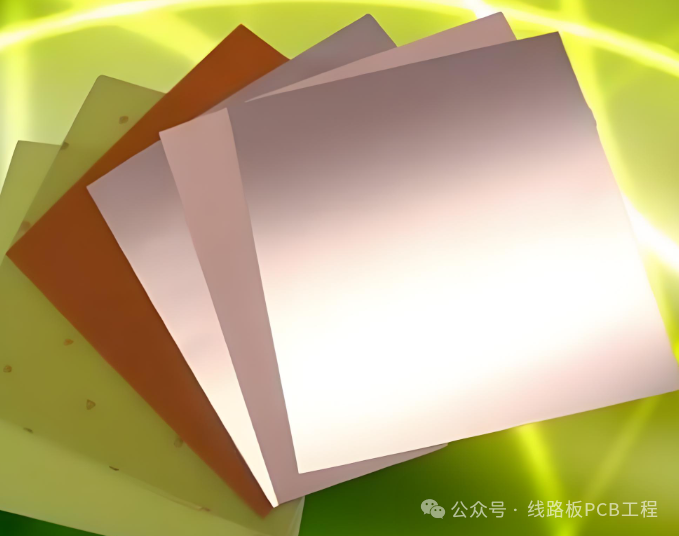Today, let’s discuss the color differences in PCB materials. Various types of boards produced by different manufacturers often exhibit subtle differences in color. These differences are not only related to the properties of the materials but may also reflect variations in their production processes and application fields.
Differences in Color of Different Types of Boards
1. Halogenated vs. Non-Halogenated Boards
- Core Color: Non-halogenated boards have a core color that is yellower compared to halogenated boards, which is a significant distinction. Non-halogenated materials are made from halogen-free copper-clad laminates, while halogenated PCBs contain halogen elements (such as chlorine and bromine), with brominated flame retardants being the most common. In non-halogenated boards, phosphorus or nitrogen replaces halogens, making these substances more prone to oxidation reactions, resulting in a yellowish core color.
2. Appearance Color Stability: The color of non-halogenated boards is more stable, thanks to their material properties. Compared to halogenated boards, non-halogenated boards do not undergo significant color changes during long-term use or environmental changes. This color stability gives non-halogenated boards an advantage in products with high aesthetic requirements.3. Transparency: Non-halogenated boards appear more transparent, making them suitable for products that require visibility of internal structures (such as light transmission designs).
2. Ordinary TG vs. Mid-High TG Boards
Ordinary TG (Tg130), Mid TG (Tg150), and High TG (Tg170+) boards all have a substrate made of epoxy resin, so the substrate colors are similar and cannot be easily distinguished by appearance.
3. Factors Affecting Color Differences Among ManufacturersDue to different sources of raw materials used by different manufacturers, even when producing the same type of board, variations in the components of the raw materials (resin, fiberglass cloth)) may lead to differences in the final board color.4. Methods to Prevent Color Differences in Boards1. Select Suitable Board Brands: Choosing brands with good quality and stable colors can effectively reduce color differences.2. Control Storage Environment: When storing boards, maintain a relatively stable environment to prevent the influence of humidity, temperature, and other factors.3.Select the Same Batch: Boards from the same batch have more consistent color and texture, which can reduce color discrepancies.